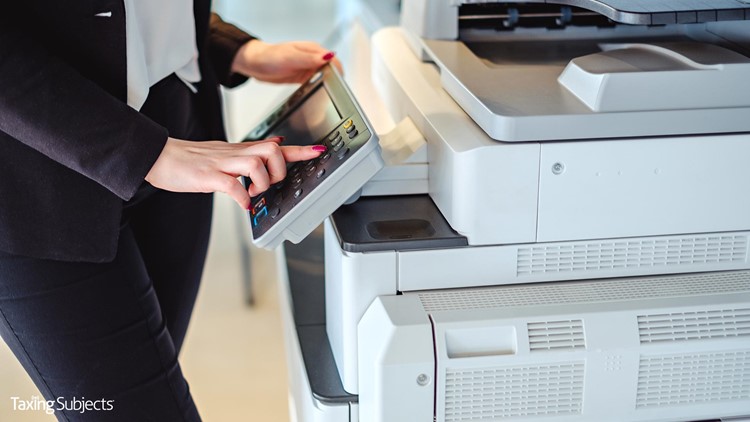IRS Will Not Fax Tax Transcripts after February

February 4, 2019 will mark the end of the Internal Revenue Service faxing tax transcripts to individuals and tax professionals. According to the IRS Newswire, tax industry feedback helped contribute to the decision to stop the practice.
In September 2018, the IRS attempted a different method for securing the personally identifiable information (PII) contained in faxed tax transcripts: masking individual and employer PII. This created a unique problem for some tax professionals: “[while] all financial entries on the transcript remain visible … tax practitioners who work to bring taxpayers into compliance by filing prior-year tax returns may need access to employer information that taxpayers no longer have.” The previous solution was to simply allow paid tax return preparers to request unmasked transcripts, but the end of faxed transcripts meant finding a different way to send transcripts.
Instead of faxing tax transcripts (masked or otherwise) to individuals and businesses, the IRS will now either mail the documents to “the last address of record” or—beginning January 7, 2019—place them in a paid tax return preparer’s e-Services secure mailbox. The IRS notes that the latter requires the tax pro first receive authorization from the Practitioner Priority Service. Since the electronic distribution begins roughly one month before the agency stops faxing transcripts, the January start date is likely intended to help tax pros learn to use this new service.
Data security remains a top priority for the IRS and all Security Summit partners. As this recent development demonstrates, federal, state, and private organizations are committed to working together to prevent tax-related identity theft. While the IRS continues to develop new methods for securing PII, tax professionals will need to continue following data-security best practices, like using secure passwords, avoiding phishing scams, and creating written data security plans. (If you’re not sure where to start when creating a data security plan, take a look at our sample tax office security plan infographic.)
Source: IRS Newswire



